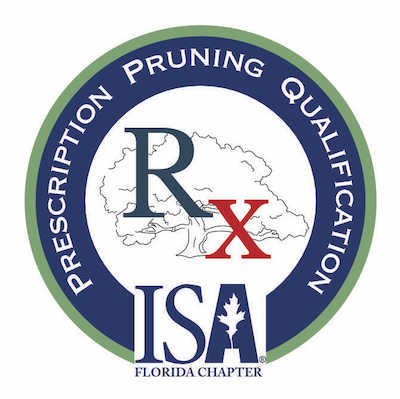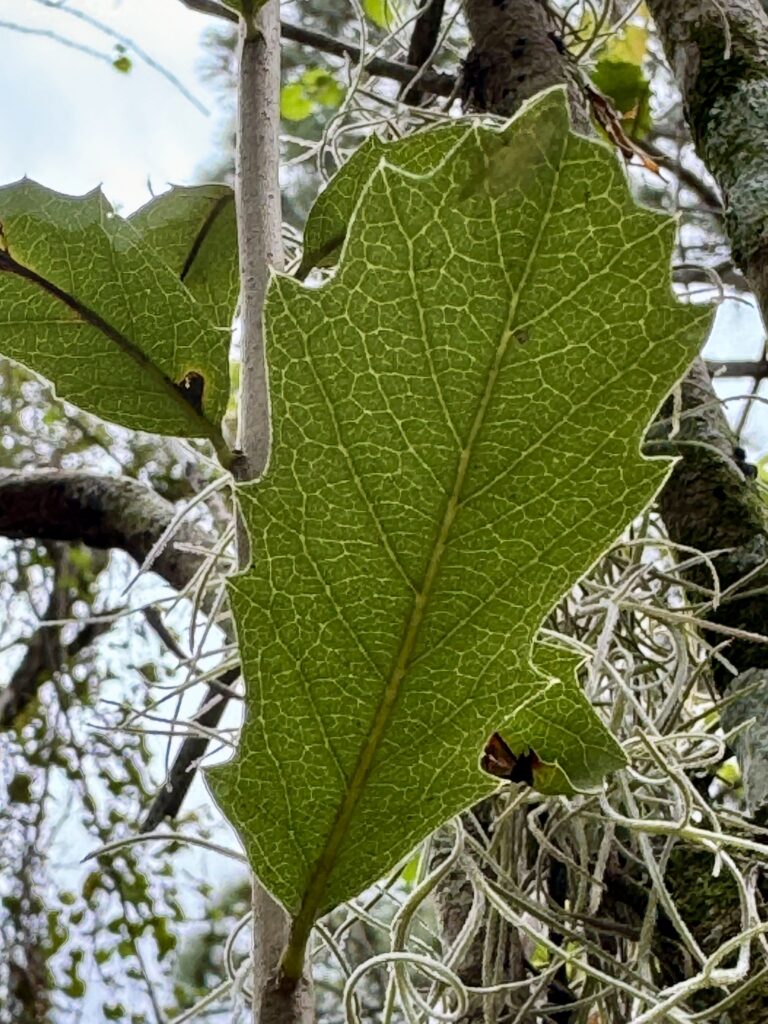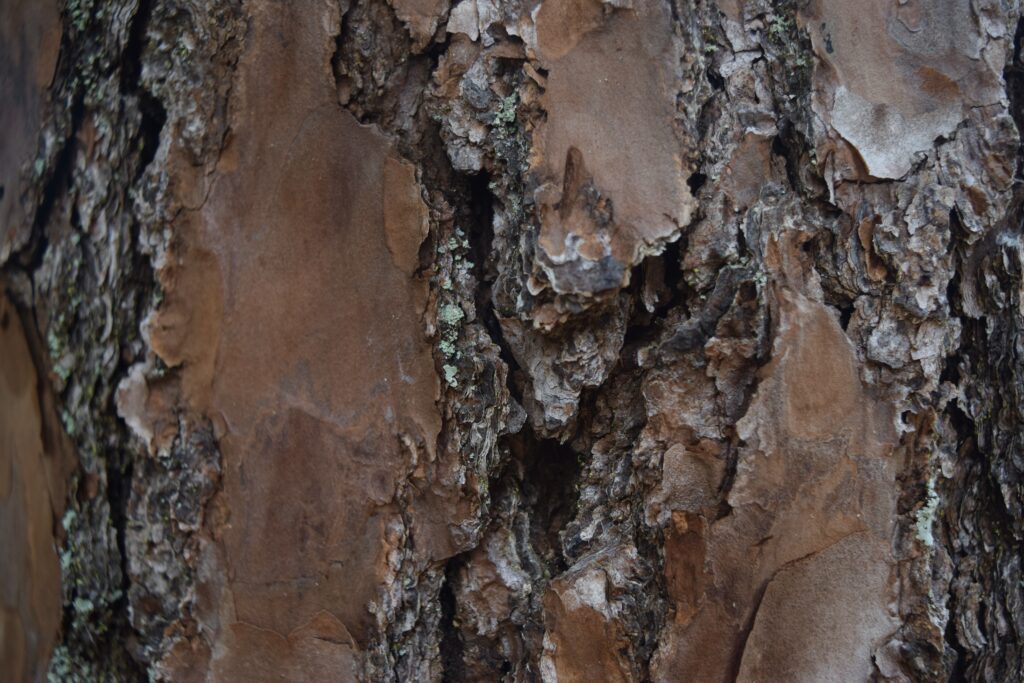TREE TRIMMING & PRUNING
Ensure your trees look their best. Promote their lasting health and safety.

Proper tree pruning is one of the most beneficial services you can provide for your trees.
Notice we refer to it as “proper” pruning? While necessary for tree health, pruning can be highly detrimental when applied incorrectly–hence “improper” pruning. The damages could affect your tree’s health for the rest of its life and can even shorten it. Ensure you select the best tree service company to handle this most delicate work. Ask about their qualifications and what special training they have received. Remember, anyone with a saw can trim your tree, but it takes proper knowledge and skill to do it correctly.
Common trimming requests are for aesthetics or to gain clearance from objects, but did you know there could be many potential defects in your trees waiting to cause problems? The professional arborists at ArborCentric Solutions can spot potential issues, explain their impacts, and prescribe proper pruning solutions to mitigate or correct them.
We provide value to our customers.
ArborCentric Solutions helps tree owners meet all their objectives. We implement the latest tree science and consistently execute our work to industry standards. Our expertise is there when you need it.
PRUNING OBJECTIVES
Trimming to make trees look better is a common request, but here are just a few of the other objectives we can accomplish with our prescribed trimming.
- Reduce risk of branch failure
- Reduce Shade
- Increase life span
- Improve storm readiness
- Provide clearance from an object
- Improve structure of the tree
- Maintain tree health
- Influence fruit or flower production

What’s the difference between tree trimming and tree pruning?
“Trimming” has more to do with controlling growth on a tree or shrub. It removes limbs simply because they’re in the way and takes no regard for tree health when performed. How one would shape a hedge would fit perfectly here. Trimming is the more searched-for keyword though, so we’ll use it interchangeably here for our website’s SEO purposes.
Professional arborists prefer to use the term “pruning” because it’s a more strategic method than “trimming”. Pruning cuts are made in the correct locations on a limb to influence proper healing. Arborists use pruning to improve tree structure and promote good health. Pruning also shapes a tree but in a more health-conscious manner than trimming.
PRUNING TECHNIQUES
Trained arborists have several methods of tree trimming available to prescribe. The chosen method(s) depend on the size and condition of the tree and the objectives the tree’s owner would like to accomplish.
Crown raising involves removing or trimming the lowest branches to provide additional ground clearance under the tree. It is used, for example, when you need to increase the line of sight or raise so pedestrians and vehicles can egress more safely beneath. This method is best performed on younger trees before the limbs become too large in diameter, as waiting until they’ve become larger creates more significant wounds on the trunk that may not heal. Another good rule of thumb is to remove no more than 1/3 of the overall crown height.
This pruning reduces the height or spread of a tree that has overgrown its space, encroaching on your house, or outcompeting nearby landscaping, for example. It also reduces the length of the offending branches. To do this properly, the arborist will trim the offending branch back to the next available lateral branch that is at least 1/3 of the diameter of the parent branch. This lateral branch will be of sufficient size to maintain the necessary apical dominance and ensure it can sustain the remaining branch.
Be aware of another form of tree abuse called “Topping” that can arise in the pursuit of tree reduction. Heading cuts are applied indiscriminately along stems without regard to lateral branches, resulting in large stubs throughout the newly formed outer crown. Picture a “hat rack” appearance, a term adopted and used to describe this malpractice. Crown reduction is an industry-approved technique, whereas “topping” is frowned upon. It is banned in most city ordinances due to its unsightly appearance and detriment to tree health.
Heading cuts remove all the leaves; thus, the ability to manufacture food leads to branch starvation. Multiple large branches have cuts for terminal ends, which do not heal appropriately, leading to a reduced ability to defend against insects and diseases. Tree species that are less tolerant of this practice will usually die altogether. Proving more expensive to tree owners in the long run, it also encourages the number of sprouts to regrow and weak limb attachments, resulting in repeated tree company visits to maintain the reduced size.
This approach aims to increase light penetration and air movement through the tree canopy and reduce limb weight. Increased light penetration stimulates the healthy growth of interior limbs and eliminates shade on the ground beneath. In Florida, increased air movement through the tree may help reduce storm damage. Achieved by reducing the density of live branches in the outer canopy of a tree, this trimming reduces clumps of foliage that have the same effect as windsails while also reducing weight on heavy limbs. This method prevents structural failure while retaining the tree’s natural shape when performed correctly.
Be careful only to select professionally trained tree trimmers when requesting this technique, as it is often prescribed but very widely executed incorrectly. Untrained individuals will often remove only the interior limbs causing your tree’s remaining limbs to resemble a lion’s tail. “Lions tailing” is tree abuse and has very negative and immediate effects on your tree’s health and strength.
Remember, true crown thinning targets the most critical trim areas found near branch ends, interior limbs are best left on so they can continue to contribute to tree health.
Structural pruning trains young and medium-aged trees to develop strong central leaders and proper branch architecture. This involves selectively removing branches to encourage the growth of a dominant central leader and well-distributed branches, improving the overall structure. Branches of poor quality and wrong location can be removed, with branches of adequate size and proper spacing left to establish. It is also the best time to select and promote your eventual lowest permanent branch, considering how much vertical clearance you may desire when the tree matures.
Structural pruning sets the tree up to require less maintenance over its lifetime and reduces the likelihood of failures. Trimming young trees with this technique helps them develop the proper structure early on. Younger trees have smaller limb sizes and thus more minor trim wounds, making it easier on the tree. Even structural pruning as early as the time of planting is good practice. This technique will cost less in the long run versus waiting to trim when the tree has become larger and more problems/defects are left to develop.

WHY CHOOSE US?
Our state does not require special licenses or proof of training to open a tree service business. However, ANSI A300 Pruning Standards and the International Society of Arboriculture exist to educate our industry and provide guidelines and best practices. Still, there are no requirements to receive training from these organizations, nor is adherence to their guidelines mandatory. Therefore, screening your tree service providers is essential to entrust your tree’s care to a well-trained company that adheres to proven best practices.
At ArborCentric Solutions, we are passionate about tree care. We also continuously seek new knowledge and training so we’re up to date on the latest techniques and advancements in our industry. We value your trees and are committed to helping you maintain their health and beauty. We prioritize our commitments to safety, customer experience, and professionalism to ensure our services always exceed your expectations.

Our Process
Simply click on our “Request an Estimate” button and fill out our contact form. We’ll then reach out and schedule a time to visit with you at your property. Meeting with you gives us the best opportunity to discuss your concerns and goals for your trees and how ACS can meet those objectives. If you need to be away that’s fine too, we can visit alone and still perform our estimate. We’ll then provide you with detailed written estimate of our proposed work.
Let ArborCentric Solutions help with all aspects of your tree’s care.
We are highly skilled and trained tree care professionals who value tree health and excellent customer experience. Please contact us today for all your tree trimming and pruning needs.